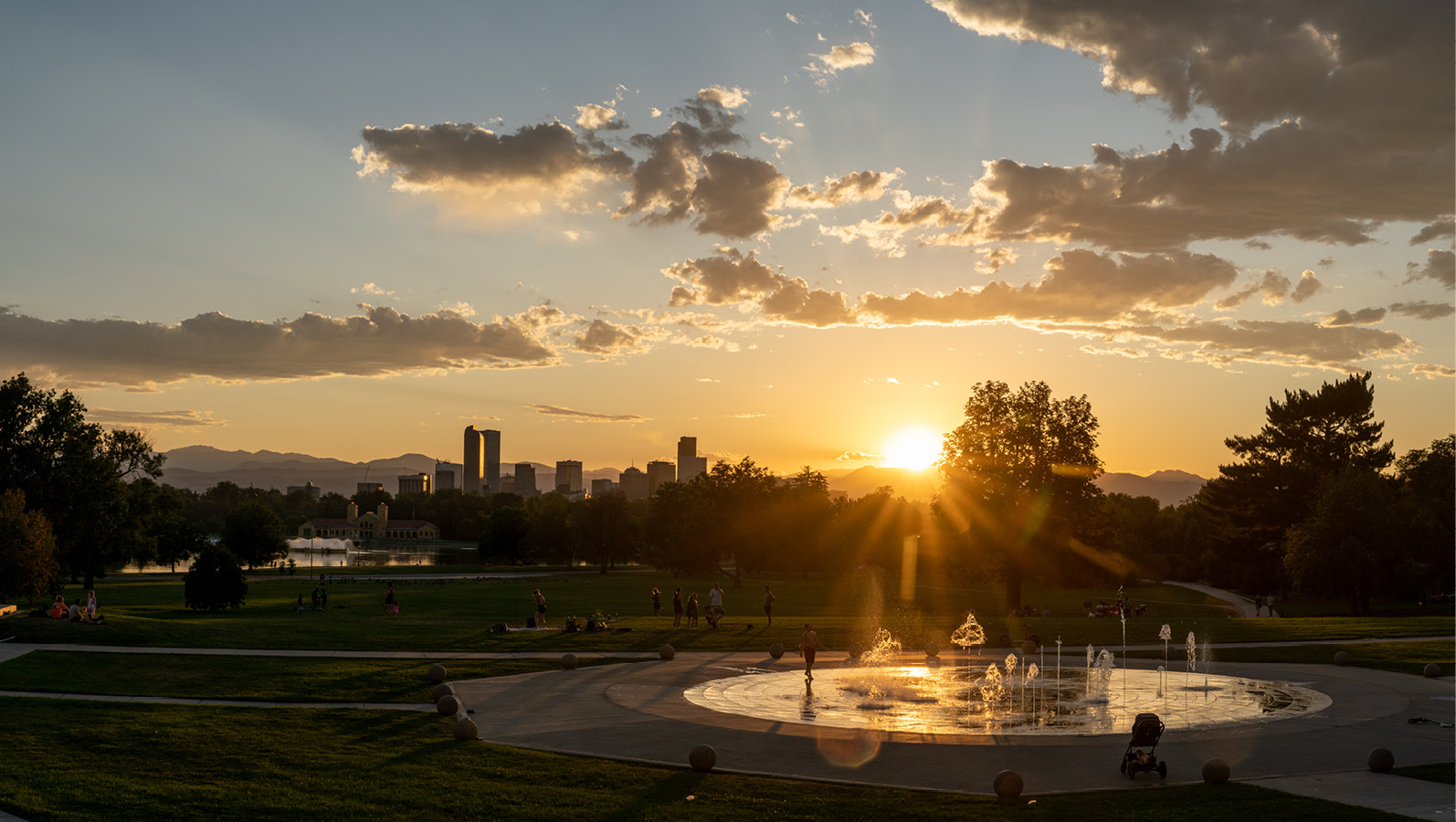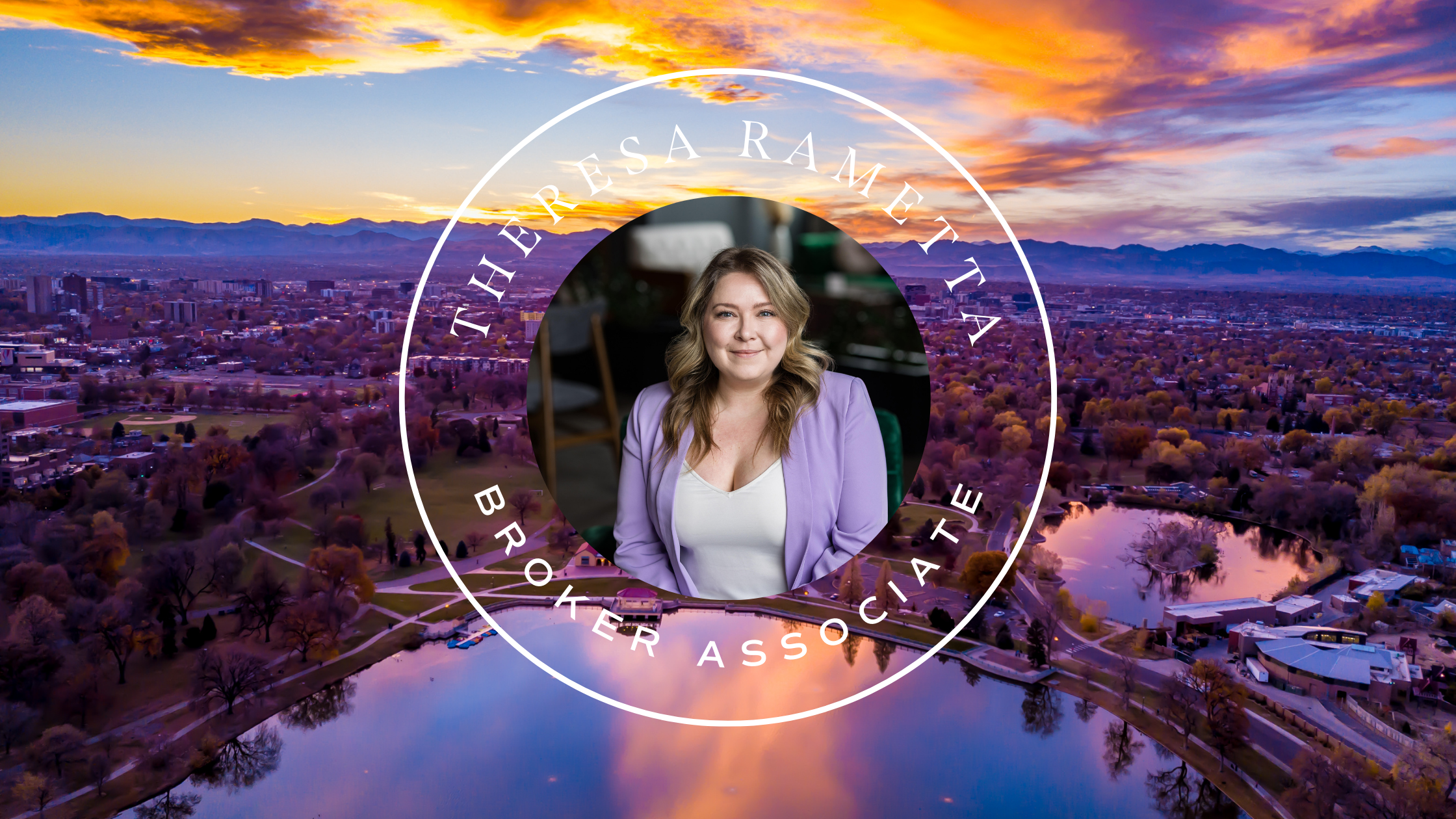When people think about the “green” associated with home values, it is usually what’s found in your bank account. But there’s another green that looms large when deciding to buy, sell or improve your property.
The green as in those gorgeous trees that are leafing out before your very eyes.
The value Denver trees add to a home is more than you probably realize. According to a University of Washington newsletter, the presence of large street trees or yard trees, coniferous or deciduous, can add from 3% to 15% to home values. That is significant, especially since Denver was more or less devoid of trees prior to 1900. The green canopy we enjoy in the Mile High City has been nurtured and cultivated dating back to the reign of Robert Speer, when he served two terms as mayor from 1904-1912.
The presence of large street trees or yard trees, coniferous or deciduous, can add from 3% to 15% to home values.
Denver’s Tree Planting Began Over a Century Ago
During the turn of the century, many U.S. cities, including Denver, participated in the City Beautiful Movement, which encouraged urban beautification. In addition to planting trees, the program included the building of the Denver Public Library and establishing the esplanade at Civic Center Park.
When the first settlers descended into the Denver area, the only trees to be found were positioned near riparian areas and were more often than not cottonwood trees. These majestic giants populated stream and river beds and served as water markers for the early pioneers. As Denver grew, settlers from the eastern United States missed the trees of their homeland and silver maples became an oft planted species.
Denver was a short grass prairie and the trees that were found around the area were primarily cottonwoods near stream beds. As more people settled here, they realized how hot it was without any trees. Many people were used to living in the eastern half of the United States in areas where forests naturally occurred. Under Mayor Speer, many large and beautiful shade trees were planted along the streets and parkways.
The city’s tree-planting program has continued through the decades and now Denver has an urban tree canopy covering over 20 percent of the urban surface area of the city. Denver’s urban tree canopy (UTC) is the layer of leaves, branches, and stems of trees that cover the ground when viewed from above, according to Watershed Forestry Resource Guide. The benefits of such cover are numerous including the absorption of rainfall that would otherwise run off into storm sewers, reducing air pollutants, reducing urban heat and lowering ambient air temperature, providing aesthetic benefits, and increasing property values.
The city’s tree-planting program has continued through the decades and now Denver has an urban tree canopy covering over 20 percent of the urban surface area of the city.
Unlike many cities east of the Mississippi, the UTC in Denver has been meticulously developed over the years. In Baltimore, Md., for example, a forest existed first and trees were cut down to build the city. As a result, the inner city has “hotspots” from vast sections of concrete and buildings, and outlying areas are much cooler.
In Denver, it’s been the reverse. While the city was being developed, the trees were planted and as a result, the canopy is working. The interior heat island of the city is cooler than the surrounding short grass prairie, located along the perimeter of the metro area. The canopy is like an active air conditioner.
Hundreds of Thousands of New Trees Have Been Added to Neighborhoods
In 2006, the City of Denver took an ambitious step towards more sustainable development by launching the Mile High Million (MHM) Tree Initiative. The MHM goal is to plant one million trees by 2025. Thus far 250,000 trees have been planted. There is growing recognition that trees provide long-term environmental, economic, and health benefits critical to vibrant and livable cities.
In the semi-arid climate that Denver enjoys, city crews must always consider the water budget for urban forests. Vegetation actively transpires; in other words, plants take in water and then allow water to escape. Plants have to keep drawing water in and out. Turf and trees are actively transpiring, and the water they release enables humidity levels to actually increase during the Denver summers.
As new areas of Denver are now redeveloped, the city’s forestry division continues to be involved in plan reviews and discussions with developers. Trees are an amenity for any commercial project and a great example is the RiNo Brighton Blvd. redevelopment, where there are now established treescapes along the corridor.
The Denver Parks and Recreation Division has a handy “Treeport Card” for every neighborhood in the city. You can click on your neighborhood and find out the number and types of trees to found, annual ecosystem benefits, canopy coverage and other interesting facts.
Emerald Ash Borer Threatens Thousands of Ash Trees
While Denver tree canopy expands, a growing concern has been the threat of the emerald ash borer. Officials believe this invasive pest was introduced into the Midwest through the Port of Detroit in packing materials from China. It has spread through over 28 states and is now found in communities near Denver.
As a result, the city of Denver has been actively planting trees in the public right away knowing it’s likely 30,000 ash trees will be lost. In Denver, trees belong to the city that are located between the sidewalk and the curb or, in the absence of a tree lawn, at a distance of 10 feet from the curb. Denver has identified ash trees eligible for treatment (must be 12 inches or larger in trunk diameter and be in fair or good condition). The plan is to treat trees until 2026.
Residents can find out if their ash trees are on the city’s treatment list at http://beasmartash.org/. People can type in their address and see if their ash trees are on the treatment schedule.
Sign Up for a Free Tree Through Denver Digs Trees
In addition to the city’s efforts to preserve and maintain the urban tree canopy, the Denver Digs Trees Program of the Parks People organization actively helps residents cultivate a greener environment by providing trees to Denver residents. Since 1991, they have provided more than 60,000 free and low-cost trees to Denver residents that have been planted on public and private property alike.
All trees provided by Denver Digs reach at least 30 feet in height and help add diversity to the UTC. They can be planted in the “tree lawn,” the area between the curb and the sidewalk or if no tree lawn exists, planting can be done within 11 feet of the curb. Denver Digs also provides low cost trees that are placed in residents’ backyards or side yards.
To sign up for a 2021 tree, check out this link. To find out more about the Park People and Denver Digs Trees program, visit their website at http://www.theparkpeople.org/.
Whether you are interested in increasing your property value or improving the environment, consider an investment in the Denver tree canopy. It’s a great way to leave a lasting imprint on our city.




